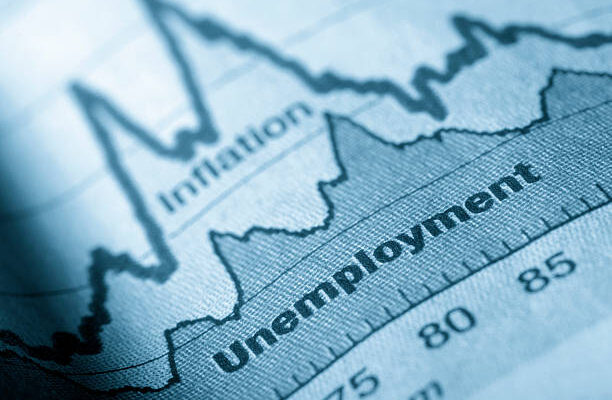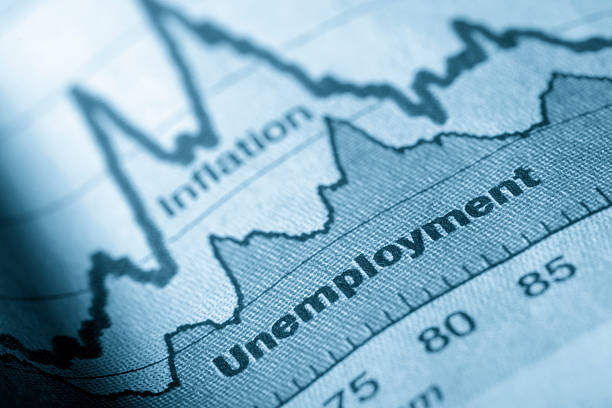

Applications for US unemployment benefits fell for a sixth straight week and are now at their lowest since mid-April, according to the latest numbers out of America’s Labour Department.
This continued decline underscores the resilience of the American labour market, pointing to stable labour market conditions, though sluggish hiring is making it harder for many laid-off workers to land new opportunities. The lack of material labour market deterioration likely gives the Federal Reserve cover to keep interest rates unchanged next week amid signs that President Trump’s aggressive tariffs on imports are starting to lift inflation.
Initial claims went down by 4,000 to 217,000 in the week ended July 19, marking the longest stretch of declines since 2022. Continuing claims, a proxy for the number of people receiving benefits, showed little change at 1.96 million in the previous week.
Claims still near subdued levels
Weekly claims remain near the subdued levels seen prior to the pandemic, indicating employers are largely retaining staff. However, recurring claims for the last couple of months have hovered around the highest levels since 2021.
This suggests unemployed workers continue to have difficulty in securing a new position. The elevated number of continuing claims may put pressure on the unemployment rate, which is expected to tick up to 4.2% in next week’s July jobs report.
Claims in New York state declined 12,303, more than reversing the prior week’s jump, which was attributed to layoffs in the transportation and warehousing, public administration and construction industries. There were also sizeable decreases in filings in California, Michigan and Pennsylvania.
However, applications shot up by 4,902 in Kentucky, likely related to the annual closure of motor vehicle assembly plants for maintenance and retooling for new models. Though there have been some layoffs, employers have been mostly reluctant to lay off workers, opting instead to scale back on hiring while awaiting more clarity on the Trump administration’s protectionist trade policy.
Claims data tend to be volatile, especially in summer when schools are on vacation and auto plants temporarily lay off workers during retooling for the new model year.







Comments